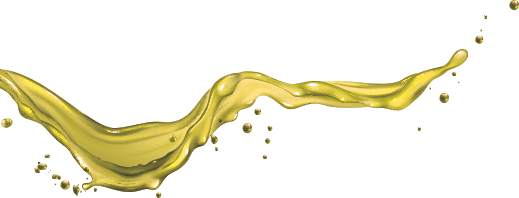

Cachaça is a people’s spirit and its history is inextricably tied to the history of slavery in Brazil, just as bourbon’s history is inextricably tied to the history of poor Scotch-Irish immigrants to the hills of Kentucky and Tennessee. Industrial cachaça has many names, many of them funny or derogatory. It has been made since the 1500s, which means that cachaça is older than rum, which began production in the 1600s.
As the Portuguese owners discovered the cachaça that sugarcane juice fermented, they imported their own stills. As Portugal had inherited its traditions from the Arabic Ummayyad history of the Iberian Peninsula, they use cognac style stills in order to distill the garapa, or mashbill. The use of pot stills, combined with talented distillers, caused the creation of a personal industry.
The history of cachaça is a history of agricultural landowners. The plantation owners would utilize stills to create a bourgeois product for their consumption, and even today you see engineers or other educated landowners retiring to produce cachaça on the family farm.
As Brazilian immigration peaked and a number of Italians, Lebanese, French and Germans entered Brazil, they began to purchase land and implemented their own distilling traditions. Most of this immigration occurred – as in North America – in the late 19th and early 20th centuries, and at that time, there was an increase in the number and quality of traditional cachaça brands and production heritages, much of which date from the early 1900s or 1920s.
name
Enter your name and telephone number, clicking continue and you will be sent a small registration form to inform us of the region and quantity. The entire cost of shipping the product will be informed in your email, where we will send you the service contact details.